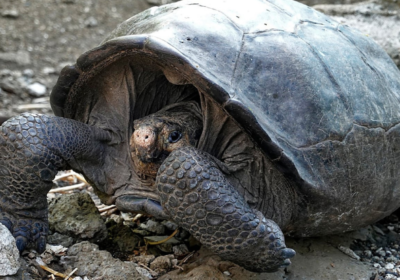Who wouldn’t like a tiny fountain on their table? Well, it’s not that difficult to create a little fountain for yourself. Just a few items that you can get hold of, by scouting around your house will help you do the trick. So, let us understand more about the air pressure on water experiment.

Materials required
Large balloon – 1
Plastic straw – 1 (preferably one with a bend)
Plastic bottle – 1
Basin to collect the water – 1
M-seal or glue (to seal any gaps)
Water
Steps to follow
- Make a small hole on the side of the bottle, slightly towards the lower part. Use a compass or a small scissor to do this. Take help from an adult at home, if needed.
- From outside the bottle, poke the straight end of the straw through the hole, and seal any gaps with m-seal. Make sure that the straw inside is slanting towards the bottom of the bottle, and the straw outside is pointing up.
- Pour water into the bottle almost till the level of the straw outside, and keep the bottle inside the basin.
- Inflate the balloon as much as possible and fix it on the neck of the bottle, without losing much air. Keep the end of the balloon pinched as you fix it, to prevent the air from escaping.
- What do you observe? The balloon is deflated and the water is flowing out of the straw, creating your little fountain.
What we learn
So, how did the water flow out on its own? Well, it did not flow totally on its own. There was some invisible help or force that pushed it out through the straw. Let’s try to understand it better.
All things around us on Earth experience this invisible force called ‘air pressure’, exerted by the surrounding atmosphere. You could imagine ‘air pressure’ or ‘atmospheric pressure’ on an object to be the weight exerted by the air column above it.
This pressure is being exerted on you as well, at all times. But, you would hardly notice this under general conditions, as there is air inside the body that balances the pressure from outside.
In our case, the water inside the bottle experiences pressure from the air column on top of it. When you fix the balloon on the neck of the bottle, the air inside the balloon also adds to the pressure, and the pressure increases considerably. This pushes the water in the bottle down, and it flows out through the straw, creating your amazing fountain!
Did you have fun creating this fountain? Find more interesting experiments in our Experiments section.
Here’s Something You Might Like
As a participant in the Amazon Associates Program, Science4Kids may earn from qualifying purchases.




